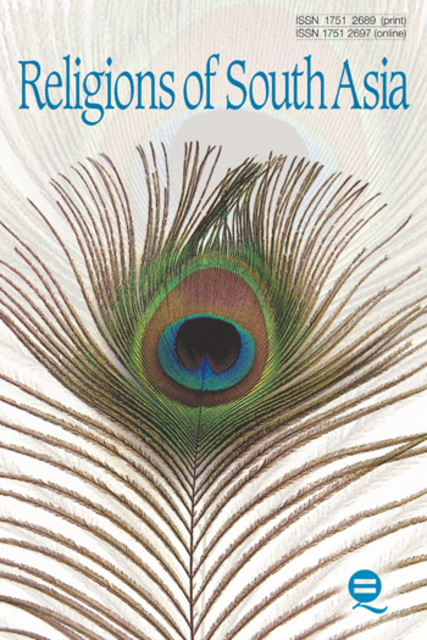Right to Pray: The Tensions between Gender and Faith Traditions in India

Full description
Focusing on cultural restrictions on women’s access to the garbhagriha in specific Hindu temples in India, this paper attempts to contextualize the wider debates around gender in faith-based practices and the confrontation between the ‘right to pray’ movement and its opponents. It reviews the complexities of practising public religion in a democratic nation. In the ambit of the contemporary feminist movement, activism has been initiated for reclaiming space for women in the realm of religion and faith. This was most clearly demonstrated in the women-led right to pray movement. The movement has been continuously evolving in local spaces and remains diversified across public places of worship. Debates around the exclusion of women have required the judiciary to reinterpret the relation between public temples and the equality proclaimed by the Constitution. By looking at the Sabarimala and Shani Shingnapur temple protests, this paper reflects on the conflict between activism and faith traditions. It charts the legal outcomes, local responses, political tensions, and the associated gender subjectivity. It attempts to revisit the role of women as recipients rather than agents of religion in public spaces, while extending the arguments to other aspects of ritual.
- typeImage
- created on
- file formatjpeg
- file size132 KB
- container titleReligions of South Asia
- creatorIvy Dhar
- issn1751-2697 (Online)
- rights holderEquinox Publishing Ltd.
- volume14.3
- doi
We use cookies to analyze our traffic. Please decide if you are willing to accept cookies from our website. You can change this setting anytime in Privacy Settings.
